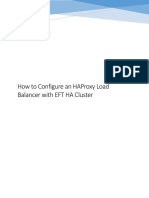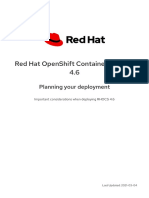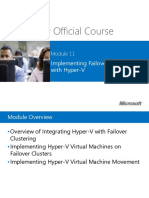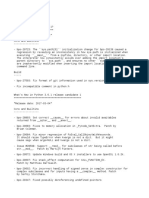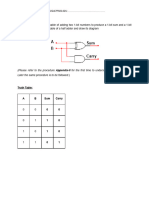0% found this document useful (0 votes)
213 views31 pagesDoing More With Slurm Advanced Capabilities
Slurm is an open source job scheduling system that allocates resources to users for workloads. It provides resource management, job scheduling, and workload monitoring capabilities. SchedMD maintains and supports Slurm, providing training, consultation, and custom development services. Slurm is used on over 50% of the top 100 supercomputers and SchedMD is developing new capabilities for Slurm like fine-grained GPU control, hybrid cloud workload management, and a REST API for improved tool integration.
Uploaded by
Sudhakar LakkarajuCopyright
© © All Rights Reserved
We take content rights seriously. If you suspect this is your content, claim it here.
Available Formats
Download as PDF, TXT or read online on Scribd
0% found this document useful (0 votes)
213 views31 pagesDoing More With Slurm Advanced Capabilities
Slurm is an open source job scheduling system that allocates resources to users for workloads. It provides resource management, job scheduling, and workload monitoring capabilities. SchedMD maintains and supports Slurm, providing training, consultation, and custom development services. Slurm is used on over 50% of the top 100 supercomputers and SchedMD is developing new capabilities for Slurm like fine-grained GPU control, hybrid cloud workload management, and a REST API for improved tool integration.
Uploaded by
Sudhakar LakkarajuCopyright
© © All Rights Reserved
We take content rights seriously. If you suspect this is your content, claim it here.
Available Formats
Download as PDF, TXT or read online on Scribd
/ 31
















